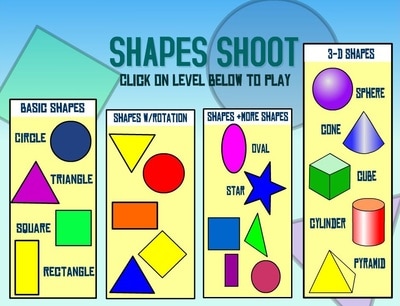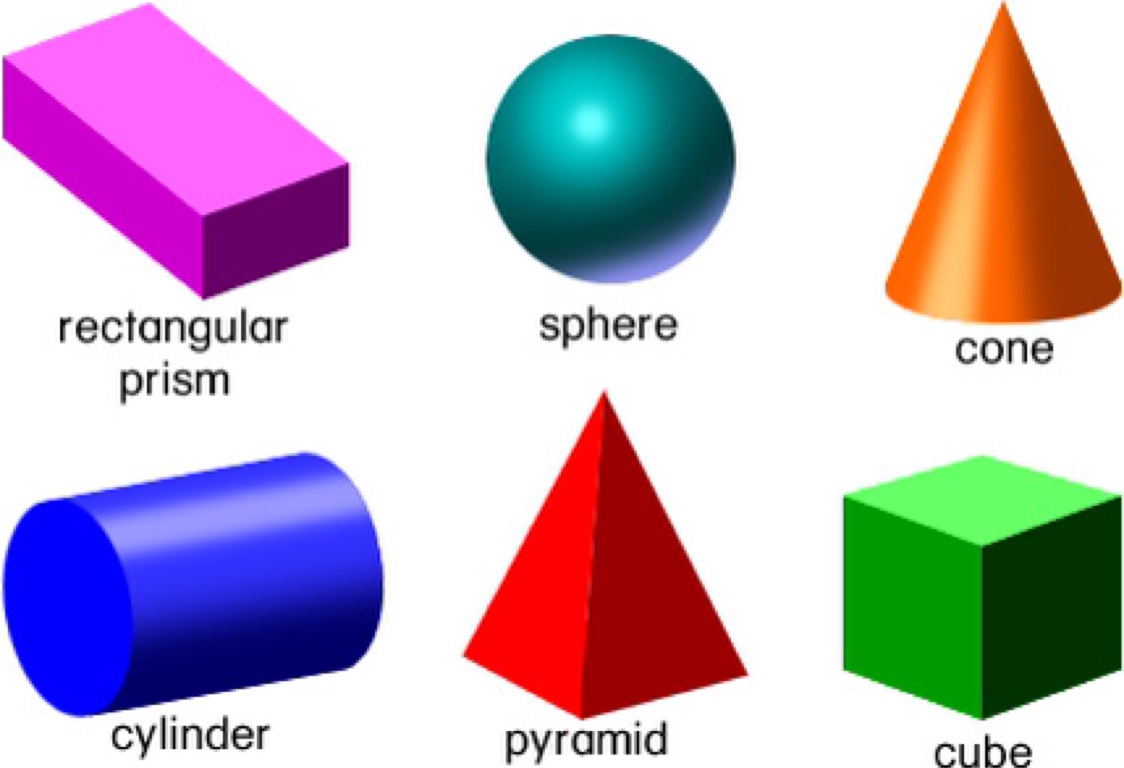

Is this rhombus a regular quadrilateral? Explain how you know. (Answer: Faces = 6 / Vertices = 8 / Edges = 12)ĥ. (Answer: 1st = isosceles / 2nd = scalene) In each hexagon, is the triangle an equilateral, isosceles or scalene? These two shaded triangles are each inside a regular hexagon. Put your children’s problem-solving skills to the test!ģ. A hexagonal prism has 8 faces, 18 edges and 12 vertices.A pentagonal prism has 7 faces, 15 edges and 10 vertices.A cuboid has 6 faces, 12 edges and 8 vertices.A cube has 6 faces, 12 edges and 8 vertices.A triangular prism has 5 faces, 9 edges and 6 vertices.A cylinder has 2 faces, 1 curved surface and 2 edges.A square-based pyramid has 5 faces, 8 edges and 5 vertices.A tetrahedron, or triangular-based pyramid, has 4 faces, 6 edges and 4 vertices.A cone has 1 face, 1 curved surface, 1 edge and 1 vertex.A hemisphere has 1 face, 1 curved surface and 1 edge.A heptagon or septagon is any shape with 7 sides.A parallelogram has two pairs of parallel lines and opposite equal angles.

A trapezoid has exactly one pair of parallel lines.A rhombus has two pairs of parallel lines, as well as equal sides and opposite equal angles.A rectangle has two pairs of parallel straight lines and each angle equals 90°.A kite has two pairs of equal-length sides and the diagonals cross at right-angles.A square is a regular quadrilateral and each angle equals 90°.
 An isosceles triangle has two sides and two angles that are the same. A scalene triangle is an irregular triangle. A right-angled triangle (or right triangle) is any triangle with one right angle. An equilateral triangle is a regular triangle and each angle equals 60°. A semicircle has 2 sides 1 curved side and 1 straight side. Comparing properties of shapes in a Third Space Learning’s online math lessonīelow are some of the shapes children will need to know, including their properties, such as the number of sides. For example, if your child’s school follows the TEKS, your child will be introduced to shapes with 11- and 12-sides in the 2nd grade. (Ex: all rectangles have 4 right angles and squares are rectangles, so all squares have four right angles).īased on your child’s state and school curriculum, they may be introduced to topics in a different order or in different grade levels. Understand that attributes belonging to a category of 2D figures also belong to all subcategories of that category. Classify 2D figures in a hierarchy based on properties. Recognize a line of symmetry for a 2D figure and be able to draw these. Recognize and identify right triangles as a category. Classify 2D figures based on the presence or absence of parallel or perpendicular lines and angles of a specified size. Identify points, lines, line segments, rays, and angles and perpendicular and parallel lines in 2D shapes. Recognize rhombuses, rectangles, and squares as examples of quadrilaterals and be able to draw these quadrilaterals, as well as other quadrilaterals that do not fit these categories. Shared attributes can define a larger categories (ex: quadrilaterals). Understand that shapes in different categories may share attributes (ex: a rhombus and a rectangle has the same number of sides). Draw and recognize shapes having specified attributes (ex: a given number of angles, or a given number of faces).Identify triangles, quadrilaterals, pentagons, hexagons, and cubes. Use shapes to create a composite shape, and compose new shapes from the composite shape. Compose 2D (rectangles, squares, trapezoids, triangles, half-circles and quarter-circles) and 3D shapes (cubes, right rectangular prisms, right circular cones, and right circular cylinders). Distinguish between defining attributes (ex: triangles are closed and three-sided) versus non-defining attributes (ex: color, orientation, size). Model and/or draw shapes in the world, and compose simple shapes to form larger shapes. Compare 2D and 3D shapes to describe how they are the same and different, their parts (corners, sides) and other attributes (having sides that are equal). Recognize the difference between 2D (“flat”) and 3D shapes (“solid”) and name common 2D and 3D shapes, including: 2D shapes 3D shapes. Here’s what children will be taught about the properties of shapes through each grade level:
An isosceles triangle has two sides and two angles that are the same. A scalene triangle is an irregular triangle. A right-angled triangle (or right triangle) is any triangle with one right angle. An equilateral triangle is a regular triangle and each angle equals 60°. A semicircle has 2 sides 1 curved side and 1 straight side. Comparing properties of shapes in a Third Space Learning’s online math lessonīelow are some of the shapes children will need to know, including their properties, such as the number of sides. For example, if your child’s school follows the TEKS, your child will be introduced to shapes with 11- and 12-sides in the 2nd grade. (Ex: all rectangles have 4 right angles and squares are rectangles, so all squares have four right angles).īased on your child’s state and school curriculum, they may be introduced to topics in a different order or in different grade levels. Understand that attributes belonging to a category of 2D figures also belong to all subcategories of that category. Classify 2D figures in a hierarchy based on properties. Recognize a line of symmetry for a 2D figure and be able to draw these. Recognize and identify right triangles as a category. Classify 2D figures based on the presence or absence of parallel or perpendicular lines and angles of a specified size. Identify points, lines, line segments, rays, and angles and perpendicular and parallel lines in 2D shapes. Recognize rhombuses, rectangles, and squares as examples of quadrilaterals and be able to draw these quadrilaterals, as well as other quadrilaterals that do not fit these categories. Shared attributes can define a larger categories (ex: quadrilaterals). Understand that shapes in different categories may share attributes (ex: a rhombus and a rectangle has the same number of sides). Draw and recognize shapes having specified attributes (ex: a given number of angles, or a given number of faces).Identify triangles, quadrilaterals, pentagons, hexagons, and cubes. Use shapes to create a composite shape, and compose new shapes from the composite shape. Compose 2D (rectangles, squares, trapezoids, triangles, half-circles and quarter-circles) and 3D shapes (cubes, right rectangular prisms, right circular cones, and right circular cylinders). Distinguish between defining attributes (ex: triangles are closed and three-sided) versus non-defining attributes (ex: color, orientation, size). Model and/or draw shapes in the world, and compose simple shapes to form larger shapes. Compare 2D and 3D shapes to describe how they are the same and different, their parts (corners, sides) and other attributes (having sides that are equal). Recognize the difference between 2D (“flat”) and 3D shapes (“solid”) and name common 2D and 3D shapes, including: 2D shapes 3D shapes. Here’s what children will be taught about the properties of shapes through each grade level: 
When will children learn about the properties of 2D and 3D shapes? We will go into more detail classifying these below. We will go into more detail classifying these below.ģD shapes have three dimensions, such as width, height and depth.
2D SHAPES AND 3D SHAPES DOWNLOAD
Download Free Now! What are the properties of 2D shapes?ĢD shapes have two dimensions, such as width and height.








 0 kommentar(er)
0 kommentar(er)
